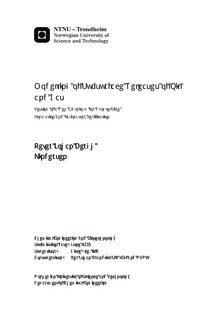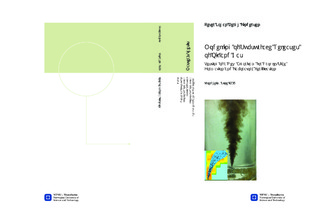| dc.description.abstract | The objective of the Master's thesis has been modelling of subsurface blowouts of oil and gas. The main objective was to the test a new algorithm for droplet size formation implemented into SINTEF's simulation tool ``Marine Environmental Modelling Workbench'', MEMW. A few laboratory experiments were performed with three different oil types, i.e. Alve, Norne and Svale. The crude oils were utilized in MEMW to investigate different effects such as addition of gas or dispersant. The condensate, Alve, was the default oil in the simulations due to its low viscosity.The last couple of years the oil industry have shown an increased interest in oil and gas resources in inaccessible areas. Hence, the requirements for models to simulate subsurface blowouts of oil and gas is increasing, especially in deep water where phenomena such as hydrate formation and dissolution of gas play an important role. The new algorithm with modified Weber number, We, predicts larger droplets than the existing algorithm where the viscosity number, Vi, is not included. The simulations with the new version of MEMW, v6.5beta yield results in accordance with existing theory. The laboratory results obtained with SINTEF's MiniTower yielded oil droplet size distributions that were mostly in accordance with the oil droplet distributions from the simulations. The up-scaled laboratory results predicted volume median diameters, d50}, of oil droplets that were too large to be stable. Hence, they will be exposed to secondary droplet splitting.Further research should emphasize on the effect of variable viscosity as a function of shear rate can have on the prediction of oil droplet size distributions. A more comprehensive and miscellaneous set of simulations with MEMW v6.5$\beta$ should be performed to test the robustness of the model. In addition, a set of new experiments with the MiniTower should be performed to confirm the oil droplet size distributions attained in this Master's thesis. | nb_NO |

